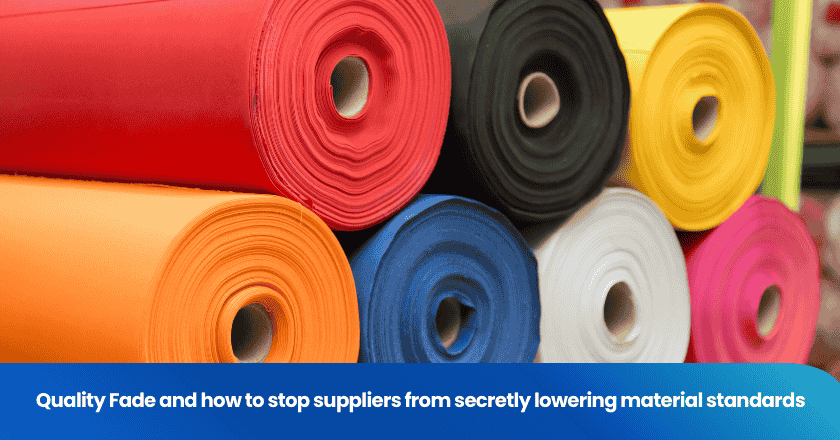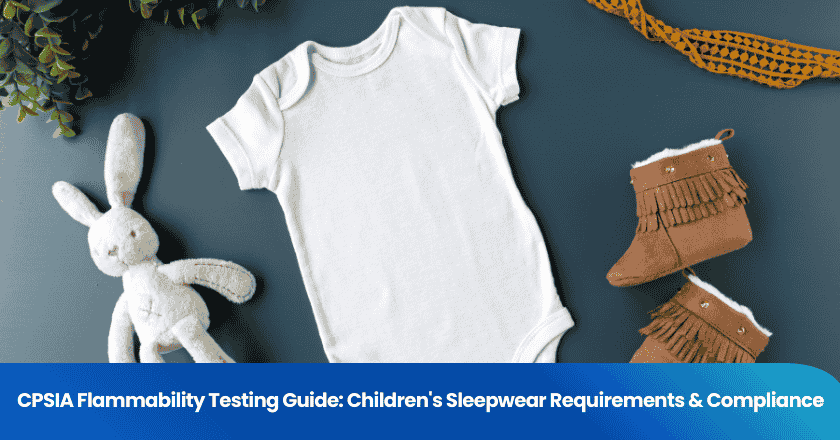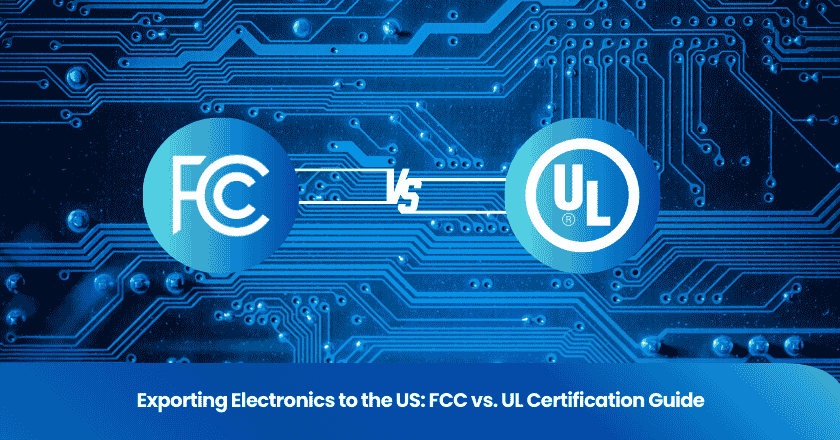
When it comes to the manufacturing of textiles, ensuring high-quality products is of utmost importance. Whether it is clothing, bedding, or home décor items, customers expect their textiles to be durable, comfortable, and aesthetically pleasing. This is where textile quality inspection plays a crucial role. In order to meet customer expectations and maintain brand reputation, textile manufacturers must prioritize quality control throughout their production process. In this blog, we will explore the procedures involved in textile quality inspection.
The Importance of Textile Quality Inspection
Quality inspection serves as a critical step in the textile manufacturing process. It guarantees that the finished products meet the desired standards, ensuring customer satisfaction and brand loyalty. By identifying and rectifying any defects or discrepancies early on, textile manufacturers can minimize the risk of costly product recalls, returns, and customer complaints. Investing in proper quality control measures not only safeguards the brand's reputation but also promotes a sense of reliability and trustworthiness among consumers.
Pre-Production Inspection
The first step in textile quality inspection is the pre-production inspection. This takes place even before the actual production begins. During this stage, the manufacturer examines the samples of raw materials and components to be used in the production process. By carefully inspecting these materials, any potential quality issues can be identified and addressed in advance. This helps in minimizing the risk of using substandard materials that might compromise the overall quality of the finished product.
During Production Inspection
Once the production process is underway, textile manufacturers conduct inspections at regular intervals known as during production inspection. This involves inspecting random samples from the production line to assess the quality level and identify any deviations from the predetermined standards. These inspections help in promptly identifying and rectifying any defects or issues encountered during the production process. Additionally, manufacturers can also monitor the efficiency of their production line and make necessary adjustments to maintain quality and productivity.
Final Random Inspection
The final random inspection is the last step in the textile quality inspection process. It occurs when a significant portion of the production is completed, usually nearing completion. As the name suggests, the inspection is conducted on a random sample of finished products. This ensures that the overall quality of the batch is satisfactory and meets the predetermined standards. This final inspection provides manufacturers with peace of mind that their entire production process, from raw materials to finished products, has been quality controlled. It also allows them to spot any last-minute issues and make corrections before the products are shipped to the customers.
In conclusion, textile quality inspection is a crucial aspect of the manufacturing process. It ensures that textiles are produced to meet the desired standards of durability, comfort, and aesthetics. By conducting pre- and during production inspections, manufacturers can identify any potential issues early on and rectify them promptly. The final random inspection serves as a final check to guarantee the overall quality of the finished products. By prioritizing quality control measures, textile manufacturers can maintain their brand reputation and satisfy the expectations of their customers.
Grow your business with TradeAider Service
Click the button below to directly enter the TradeAider Service System. The simple steps from booking and payment to receiving reports are easy to operate.



